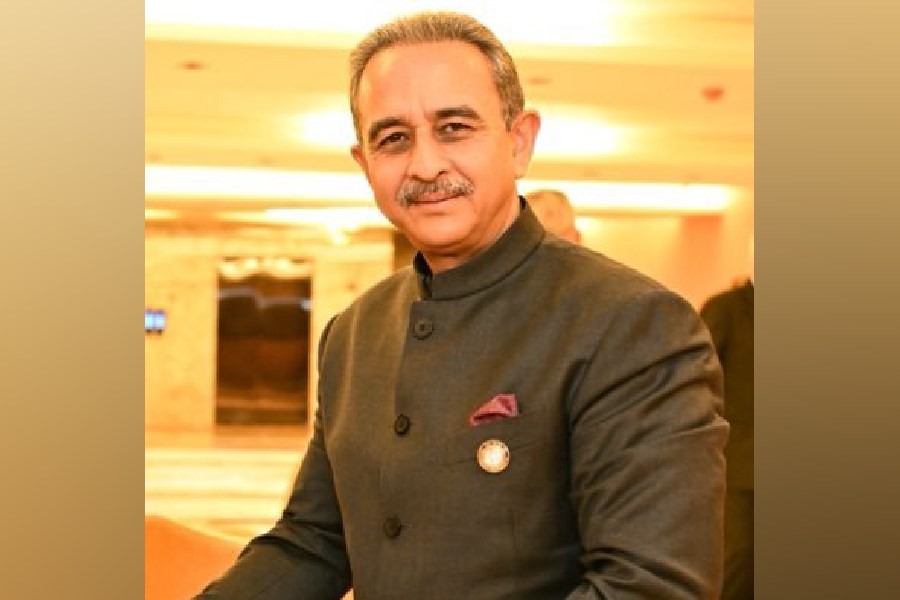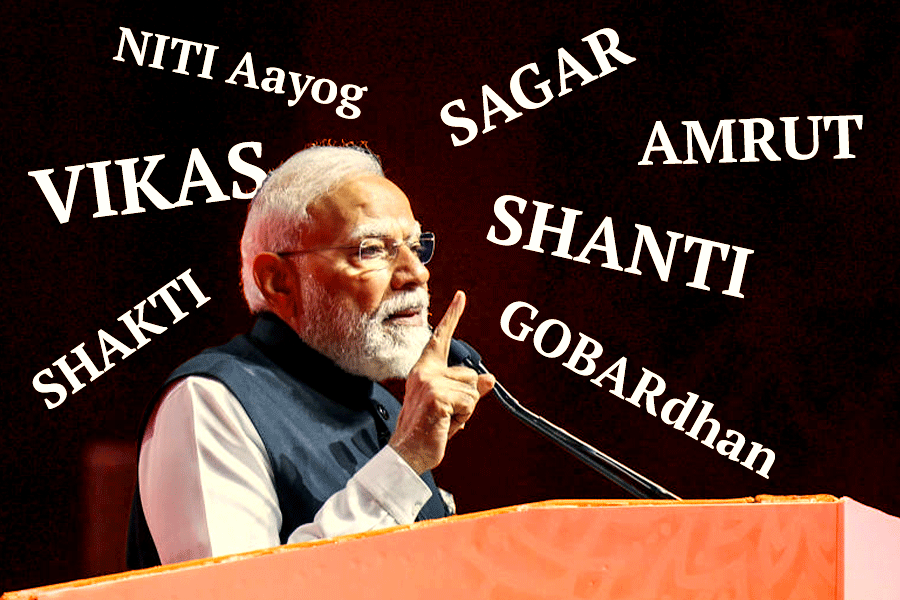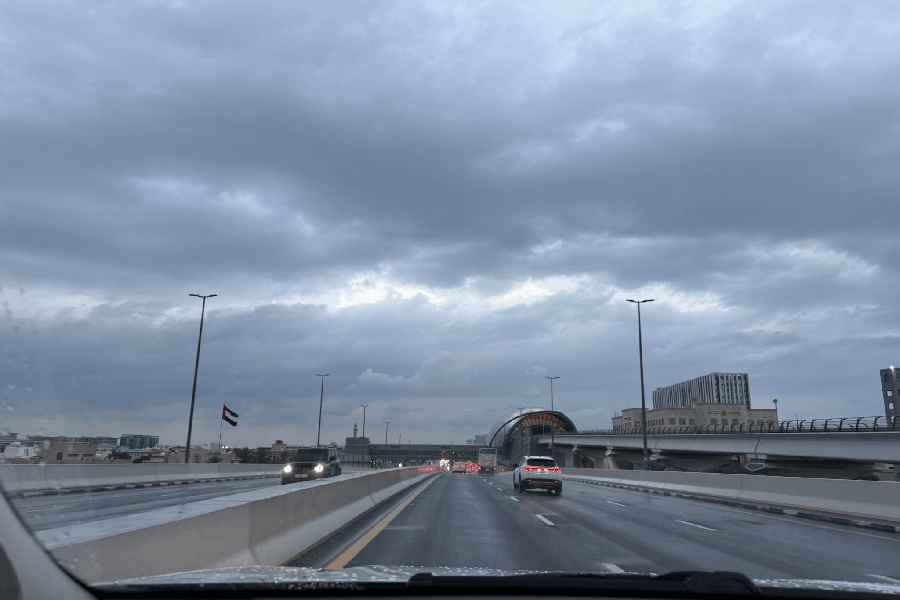 |
Patna, Jan. 15: Tourists will soon be able to trace the footsteps of famous ancient Chinese pilgrim Hieun Tsang between Bodhgaya and Rajgir. The state tourism department has decided to start a heritage tour on the route, focusing on three destinations — Bodhgaya, Nalanda and Rajgir.
Tourism minister Sunil Kumar “Pintu” told The Telegraph: “We intend to develop the travel route followed by Hieun Tsang between Bodhgaya and Rajgir. The route has been identified and a map has been prepared. We will try to recreate the original route, and tourists and pilgrims will be able to travel on Hieun Tsang’s footsteps.”
Hieun Tsang arrived in India in 633AD, and travelled extensively all over modern-day north India, Pakistan, Afghanistan and Nepal. Around 637AD, he reached Patliputra and then travelled to the ancient university at Nalanda, where he studied with many Buddhist masters.
S.K. Manjul, superintending archaeologist, Archaeological Survey of India, Patna circle, said: “Hieun Tsang came to India around 633AD and reached Vaishali around 637. He then went to Patliputra and travelled to Bodhgaya, where Lord Buddha, attained enlightenment. He also went to Nalanda University, where he was a student for two years, and learnt yoga, Sanskrit and read Buddhist texts. Later, he became a teacher.”
Manjul added: “Hieun Tsang is believed to have travelled to Rajgir (then Rajagriha), which Lord Buddha also visited.”
The tourism department plans to promote the tour plan in China, Hieun Tsang’s home, as well. The tourism minister said: “The tour would also be promoted in China. Pilgrim packages would be offered to visitors.”
Sources said Bihar State Tourism Development Corporation (BSTDC) — the implementing agency of the scheme — would create a route between the ruins of the ancient Nalanda University and Rajgir hills. Entry and exit points would be identified in the forest route, and guides would be deployed to help the visitors.
D.K. Shukla, managing director, BSTDC, told The Telegraph: “Most of the 100km that Hieun Tsang covered between Bodhgaya and Rajgir is covered with concrete roads now. However, we have identified around 15km on the Nalanda-Rajgir stretch, which is still forested. We will create entry and exit points to this forest, and also employ guides to escort tourists and pilgrims on this stretch.”
He added: “No concrete road would be constructed on this stretch. We want to preserve its natural form. However, we might make a kuccha road, where the route passes through the forest. The plan is still at a nascent stage but we want to start the work by October this year.”
Experts have also welcomed the initiative of the tourism department.
Vijay Kumar Chaudhury, director, KP Jayaswal Research Institute, Patna, said: “Hieun Tsang acted as a bridge between China and India. He is considered to be the pioneer of Buddhist archaeology in India. He was also a great translator and his record of travels in India is of great significance in archaeology. Many of the Buddhist sites in India have been identified on the basis of the accurate description provided by him. It is a good initiative on the part of the tourism department to develop Hieun Tsang’s travel route in the state. It will increase awareness about the ancient Chinese pilgrim.”










